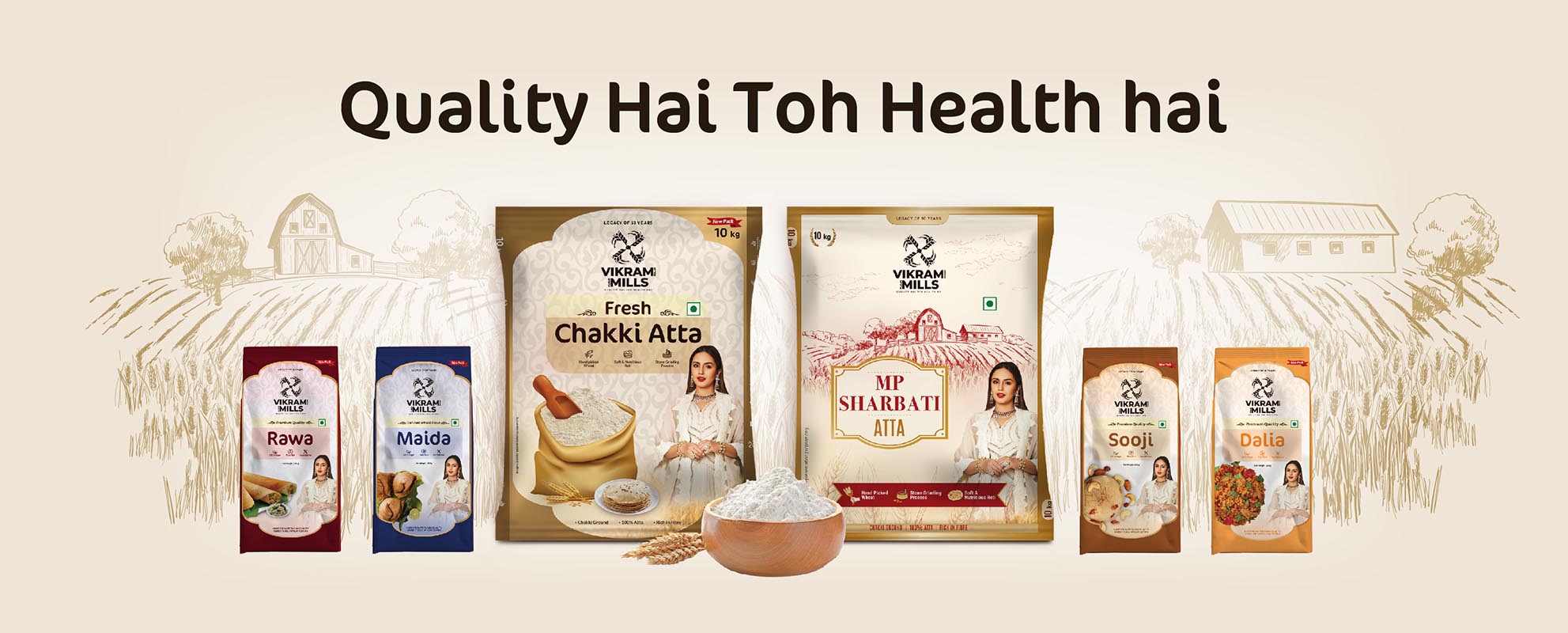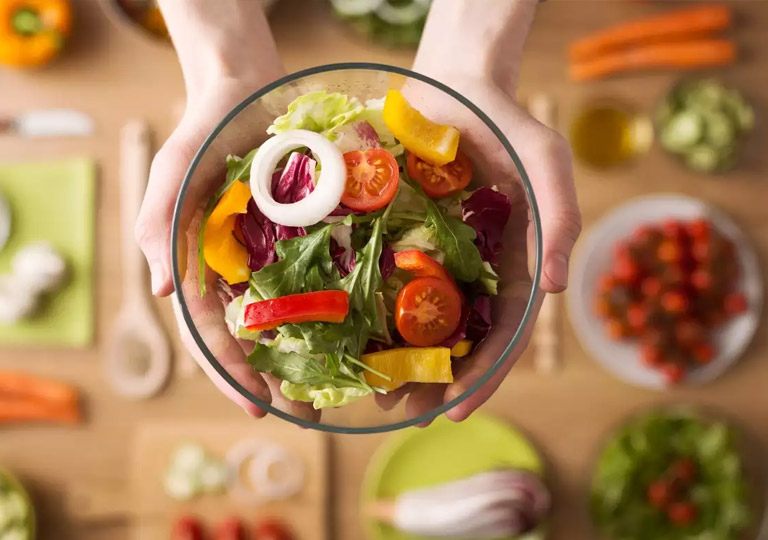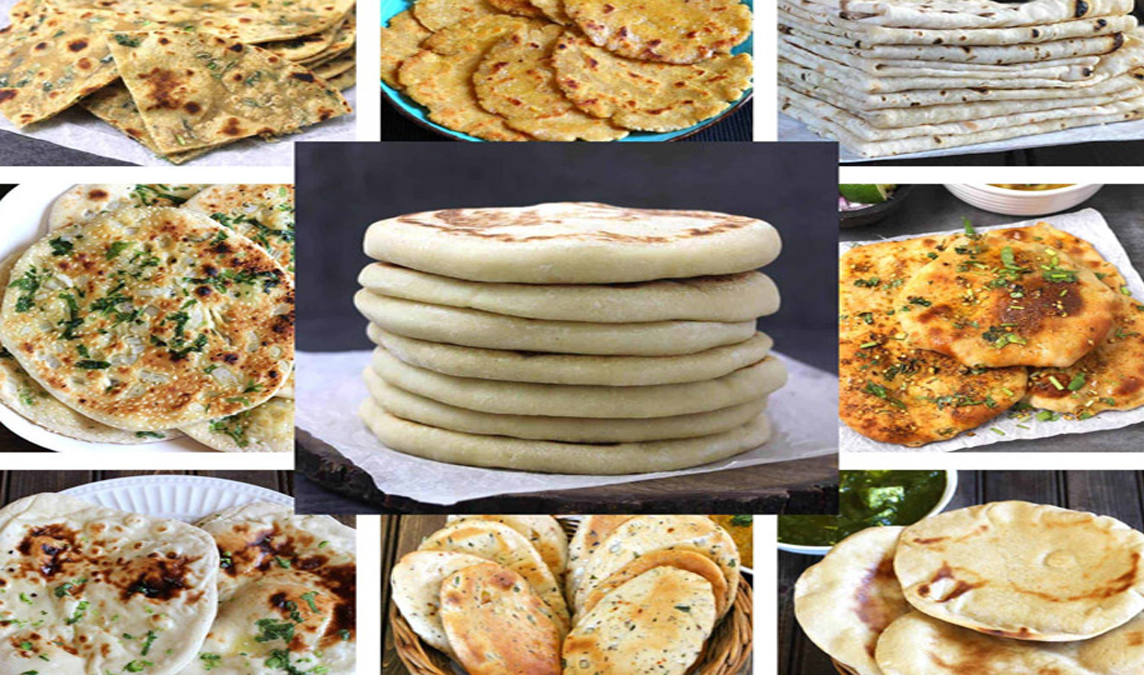How to Protect Your Child from Malnutrition

Food is fuel for our bodies. We cannot survive beyond a few days without eating. But we need to make smart food choices as eating mindlessly can only lead to health issues.
When it comes to nutrition in kids, it becomes an even bigger challenge. As parents, you face the challenge of filling their stomachs with all the required nutrients via their limited intake. However, unaware of their body’s needs, they continue to levitate towards lucrative unhealthy foods.
So, as parents, it becomes essential to have comprehensive knowledge of nutrition in kids. A lack of awareness and improper food intake can lead to malnutrition in children.

Continue reading to know all about malnutrition and how to protect your child from it.
Table of Contents
- What is Malnutrition?
- Causes of Malnutrition
- Impact of Malnutrition
- What is a Balanced Diet?
- What to eat for a balanced diet?
What is Malnutrition?
Malnutrition is a condition caused by the deficiency of certain essential nutrients in an individual's diet. The deficiency leads to a failure in meeting the nutritional demands of the body.
This failure further results in a negative impact on the growth and physical health of the body along with several other functions. Malnutrition has been found to affect more children and elderly.
Malnutrition also involves conditions where a person’s diet does not deliver the right balance of nutrients. Thus, a diet high in calories can probably be deficient in vitamins and minerals.
People consuming such imbalanced meals might be overweight or obese but would still be considered malnourished. Therefore, being malnourished does not necessarily mean that the person is underweight or skinny.
Causes of Malnutrition
The causes of malnutrition include:
- Lack of food is a common cause of malnutrition for both the low-income group and the homeless.
- Difficulty in eating due to pain in the teeth or other painful lesions of the mouth.
- Several ailments can cause a loss of appetite, including cancers, tumors, liver or kidney disease, chronic infections, depression and other mental illnesses, etc.
- People with limited knowledge regarding nutrition generally tend to follow an unhealthy diet with insufficient nutrients and are thus at risk of malnutrition.
- Elderly or disabled people living alone or young students living on their own often find it difficult to cook healthy balanced meals for themselves and therefore are at risk of malnutrition.
- Drug abuse or chronic alcoholism.
- Medical conditions like diarrhea or persistent nausea or vomiting.
- Some medications can affect the body’s ability to absorb and break down nutrients. Thus, they can lead to malnutrition.
- The body’s demand for energy exceeds the amount of food taken. This is the case with people who have suffered a serious injury, burn or gone through a major surgical procedure.
- Pregnant women who need an increased amount of nutrients and calories for the unborn baby are also at the same risk.
- Inadequate feeding due to lack of knowledge among parents is the leading cause of malnutrition among children worldwide.
- Premature babies are at a higher risk of malnutrition, similar to infants at the time of weaning.
- Neglected children, orphans and those living in care homes are at a higher risk of malnutrition.
Impact of Malnutrition
Malnutrition can result in the development of several diseases and chronic health conditions.
Long-term effects of malnutrition include a higher risk of obesity, heart diseases and diabetes.
Researchers also suspect that undernutrition in childhood can cause changes in the metabolism that may increase the chances of developing a chronic disease later in life.
Since the long-term effects of malnutrition can increase the risk of obtaining certain diseases, it is essential to prevent and treat malnutrition to help reduce the prevalence of chronic health conditions.
What is a balanced diet?
A balanced diet simply said, refers to a structured meal plan that incorporates all the nutrients required for your body to function properly.
To ensure that your children get nourished with a balanced meal, you need to add the following nutrients to their diet:
- Vitamins
- Minerals
- Antioxidants
- Carbohydrates (including Starch and Fiber)
- Protein
- Fats
What to eat for a balanced diet?
The above-mentioned nutrient list might look exhausting but things get simpler when you plan your meals as per food groups.
Following are the types of foods you should include in your child’s diet to incorporate all the required nutrients.
- Fruits
- Vegetables
- Grains
- Dairy Products
- Protein foods
- Fats and Oils
All of the nutrients and consequently food types are required in varying proportions, but a good rule of thumb is to have your child consume most of the calories from fresh fruits, vegetables, whole grains, and legumes.
Conclusion
So, in order to protect your children from malnutrition you need to ensure that they consume a balanced diet.
Make sure you add more diversity to their plate and include more fresh fruits, vegetables, whole grains, and legumes. This will prevent you from avoiding any particular nutrient and thus prevent any deficiency in your child.
Apart from wise food choices, you also need to make wiser brand choices when selecting a particular food product for your home. You should only select premium quality food products like the ones offered by Vikram Mills.

Vikram Roller Flour Mills Limited is a pioneer name in the Agro-products manufacturing, packaging, and delivery in India. The company specializes in manufacturing supreme quality wheat products that are consumed by top-level bakers, caterers and FMCG suppliers in the country.
Know More About Us




